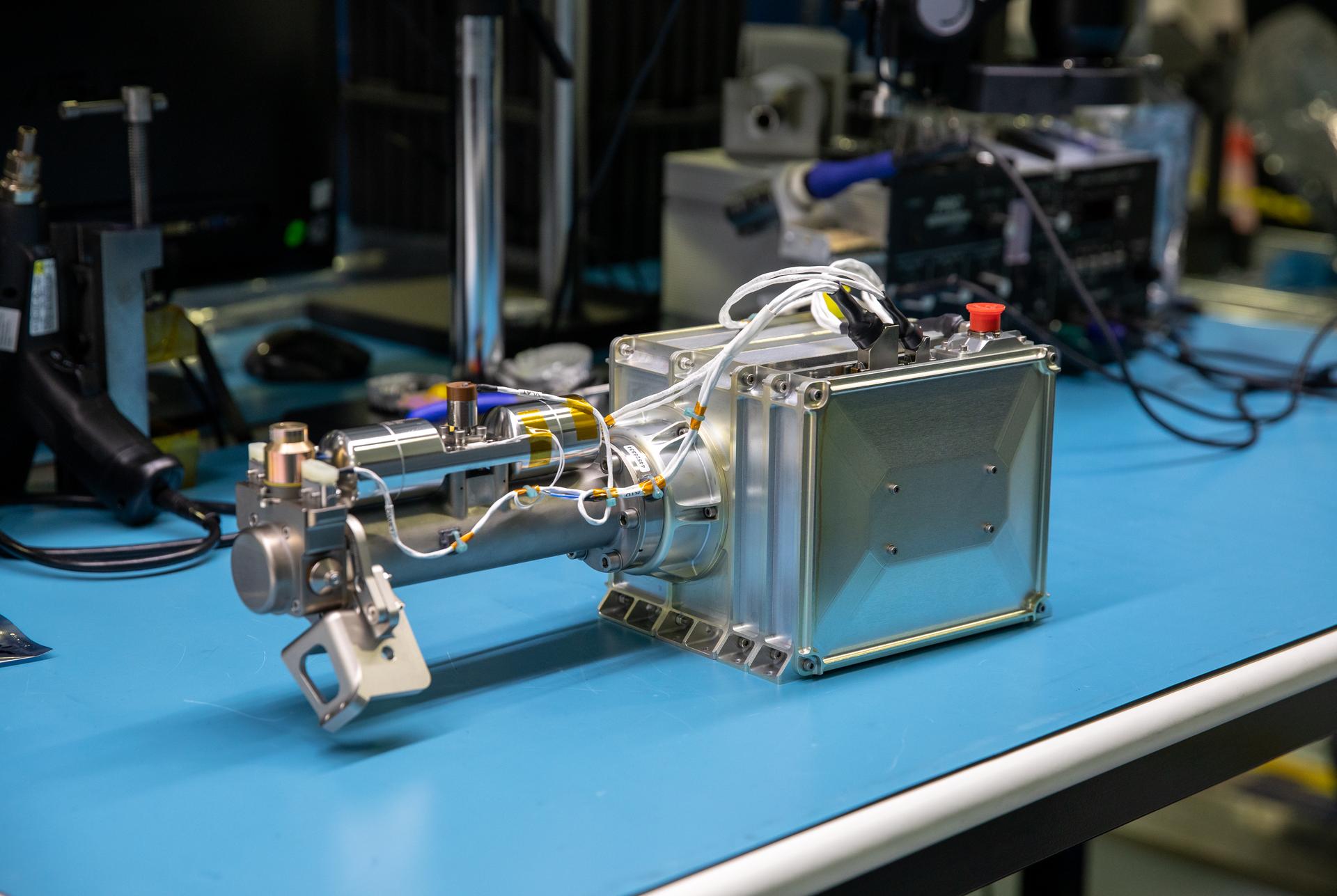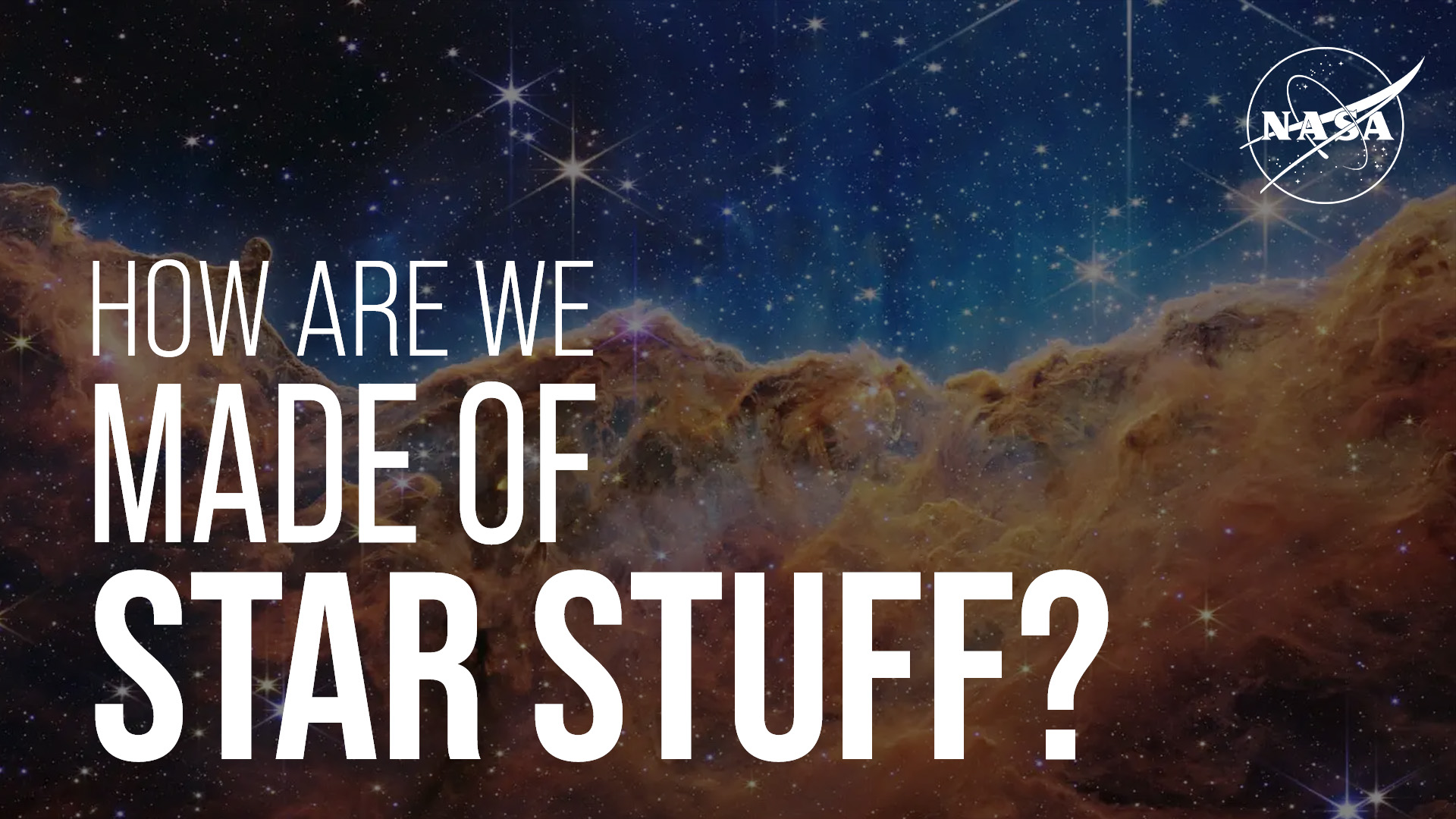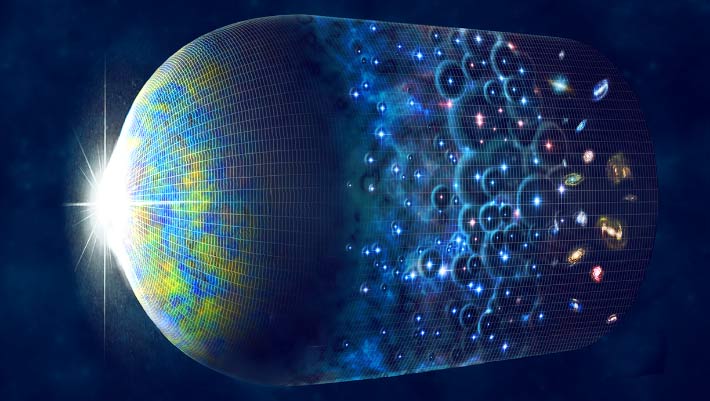Now Reading: NASA Lunar Instrument Set for Second Mission Attempt
-
01
NASA Lunar Instrument Set for Second Mission Attempt
NASA Lunar Instrument Set for Second Mission Attempt

Swift Summary
- NASA and Magna Petra Corp have signed a Cooperative research and Growth Agreement to send the MSOLO (Mass Spectrometer Observing Lunar Operations) instrument back to the Moon.
- MSOLO, which previously succeeded in analyzing lunar conditions during the Intuitive Machines 2 mission, will launch no earlier than 2026 on a commercial rover chosen by Magna Petra.
- the purpose of this mission is to measure low molecular weight volatiles beneath the lunar surface, with a focus on detecting rare isotopes like helium-3.
- Helium-3 is theorized to exist within lunar regolith and has potential applications in nuclear fusion energy production, quantum computing, healthcare technologies, and specialized lab equipment.
- NASA modified an off-the-shelf mass spectrometer for space-use at reduced costs. The reimbursable agreement ensures NASA will retain ownership of MSOLO while Magna Petra covers costs for integration support and pre-mission preparations.
- Both partners aim to share real-time data during operations; findings will be submitted publicly via NASA’s Planetary Data System after mission completion.
indian Opinion Analysis
The upcoming deployment of MSOLO reflects growing international interest in utilizing lunar resources for scientific advancement and industrial applications.For India-already actively pursuing its own lunar missions through ISRO (Indian Space Research Organisation)-the exploration of assets like Helium-3 presents key strategic implications. As this isotope could revolutionize energy production via clean nuclear fusion technology, it aligns with India’s long-term efforts toward sustainable energy initiatives. Moreover, such missions underscore the importance of public-private collaboration that India could emulate as part of its own space exploration framework.
Beyond direct scientific utility, partnerships between government agencies (like NASA) and private entities illustrate scalable models where industry expertise complements high-risk research efforts efficiently. This may inspire similar partnerships under India’s fledgling policies encouraging commercial roles in space ventures. Conversely,advancements achieved by other nations underscore competitive gaps that necessitate accelerated domestic innovation if India aims to stay relevant in this rapidly advancing domain.
























